While consistently hitting the gym and crushing your workouts is definitely brag-worthy, it’s hard to see results without taking a closer look at what’s on your plate. Nutrition isn’t just about counting calories or following the latest fad diet to get the results you want. It’s about nourishing and fueling your body with the right balance of macronutrients (think: protein, carbs, & fat) and micronutrients (vitamins & minerals) to support your goals and optimize your body composition.
The term body composition gets thrown around a lot in the fitness industry, so let’s break it down a bit, shall we? Body composition refers to all of the components that make up the body, including water, muscle, fat, bone, organ tissue, etc. It can be measured by estimating the percentage of each bodily component in comparison to each other. People may want to change their body composition for various reasons including overall health, athletic performance, or aesthetic goals.
Good news for fitness enthusiasts: body composition can be changed by increasing muscle mass. (Check out obé’s fan-favorite BodyComp program!) While it’s widely known that strength training can improve body composition, many forget the importance that nutrition plays in supporting body composition changes.
Proper nutrition is necessary to support building lean muscle mass with resistance training programs. We’re going to break down the importance of each macronutrient when it comes to body composition and aim to alter the percentage of the muscle-to-fat ratio.
Breaking Down 3 Sources of Fuel
While each macronutrient plays an important role in our overall health, the two areas that receive a majority of the attention are protein and energy (food intake). Bear with us—we’re about to drop some serious science on you! Synthesis of muscle tissue occurs when individuals are in a positive muscle protein balance. Positive nitrogen balance occurs when total protein intake is greater than nitrogen lost during exercise (typically in sweat, urine, and waste). Long story short, those looking to increase muscle mass must consume an appropriate amount of dietary protein and calories to fuel their active lifestyle.
Protein is the powerhouse of increasing muscle mass in the body. It provides the body with amino acids, which help repair and grow muscles after your workouts. It’s recommended to consume about 20-30 grams of protein after a strength training session to adequately repair the muscles.
If you’re into counting your macros, aiming to hit 100 grams of protein a day is a great goal! (Think: 30g of protein at each meal and 10g of protein with snacks!) Incorporating lean sources of protein such as chicken, fish, tofu, and legumes into your diet will not only give you a solid protein boost—it will also help you feel full and satisfied when consumed during mealtimes.
Pro tip: Try to consume your post-workout protein within two hours after working out. Your body will be in an anabolic state, meaning it’s actively trying to repair and recover, so this fuel will make the most impact.
Carbs can often get a bad rap, but they’re actually the body’s primary energy source during high-intensity workouts. To get the most out of your strength training, you need to eat carbs throughout the day. Carbs also provide the body with a steady supply of energy during your workouts so they’re necessary for hitting your next PR! Opting for complex carbohydrates such as potatoes, brown rice, whole grain bread, and fruits & veggies will keep the body primed and ready for movement. Ideally, carbs should make up about 45-65% of your daily intake.
Fats are certainly not something you should shy away from when looking to obtain and fuel your optimal body composition. Healthy fats like avocados, olive oil, nuts, and seeds are essential for hormone production and brain function, as well as keeping you satiated after meals. Moderation is key—fats should make up about 20-35% of our diet.
While each macronutrient plays an important role in body composition, the amount is also important! To improve your body composition, the general rule is you need to pair an increase in energy expenditure (activity or exercise) with a small decrease in energy (caloric) consumption. There are thousands of weight-loss diets, but many are not sustainable in the long term. The best (and healthiest) way to improve your body composition is to reduce your intake of processed foods and increase your intake of whole foods.
For example:
Kat decides to start swapping her midday snack from a bag of chips to an apple. By doing this, she has substantially reduced her processed food intake and overall daily caloric intake while increasing her whole food, healthy carb, and micronutrient intake. Sounds like a win-win-win! Simple swaps like this can provide a huge impact over a sustained period of time not only for body composition, but overall health as well.
In general, the secret sauce to unlocking your body’s full potential lies in the kitchen. By fueling your body with the right nutrients and the right amounts, you’ll optimize your workouts and your body composition.
Finding the right balance of macronutrients for your body is truly an art—don’t be afraid to switch things up and try new things. Get creative with your protein sources, add a new whole grain to your diet, and swap your midday snack for a new fruit or veggie. We have provided a list of grocery items that can help #levelup your body composition goals and fuel your days!
Note: Some grocery items can be found under multiple macro categories. Talk about more bang for your buck!






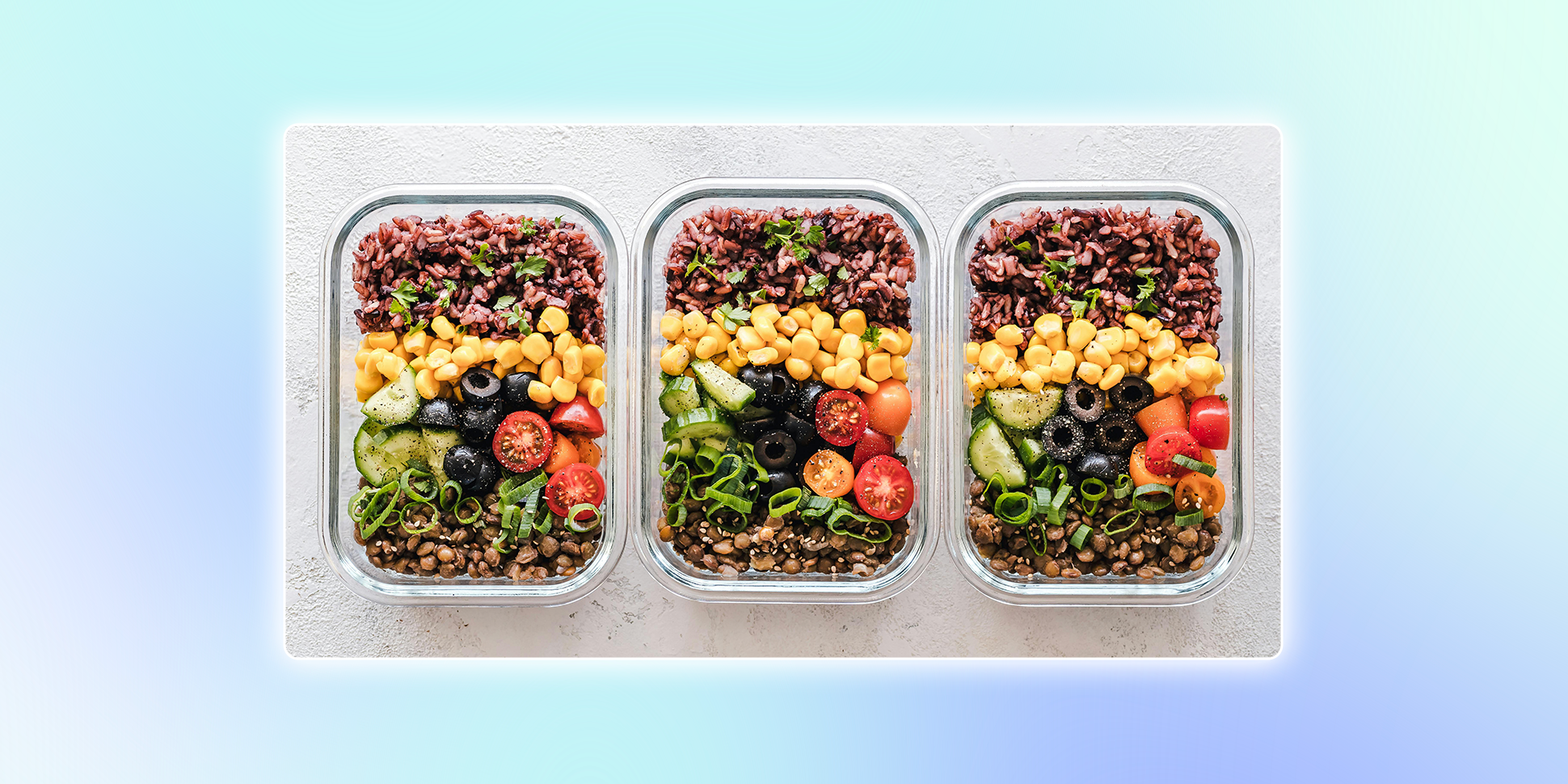







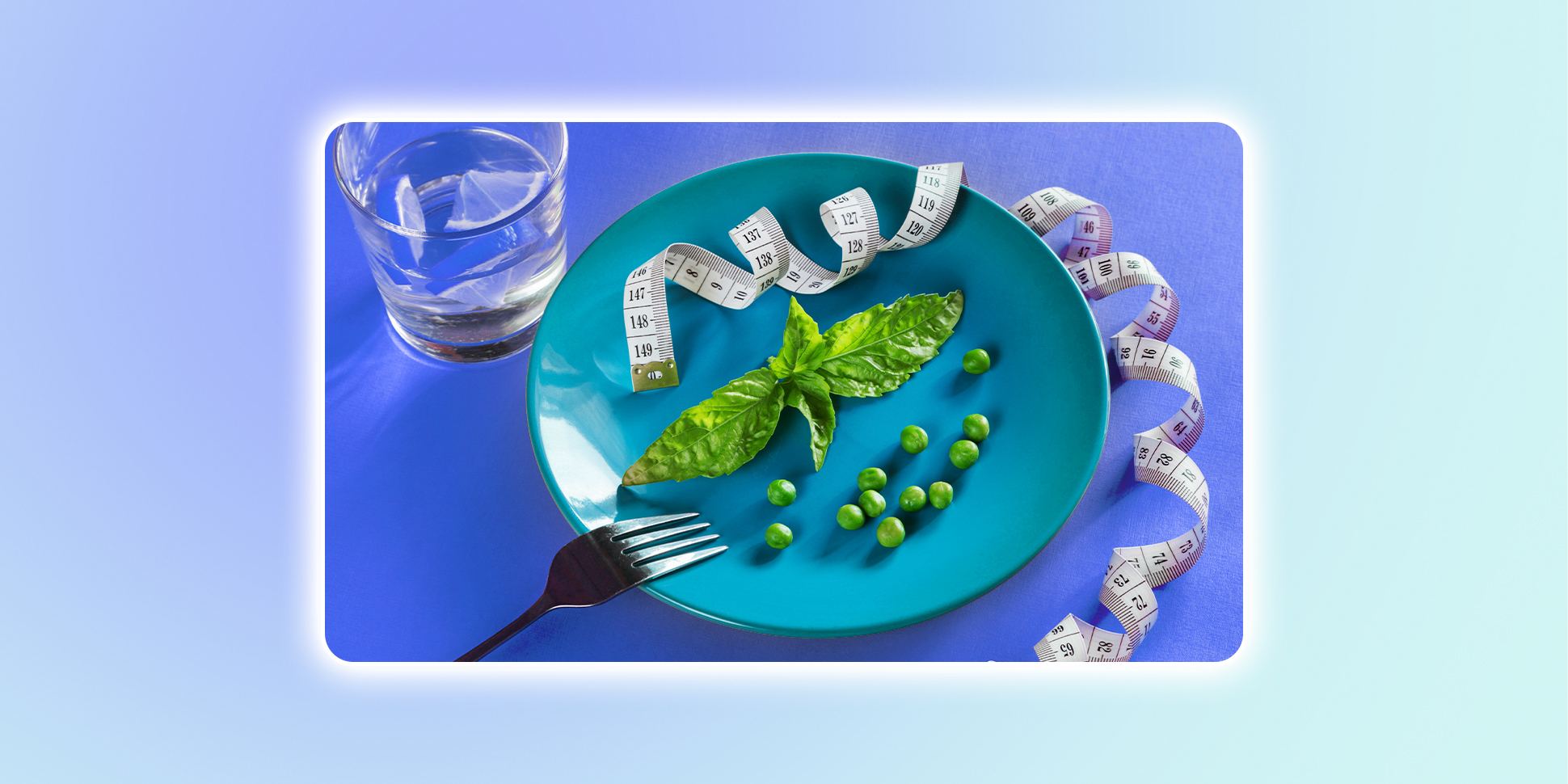



























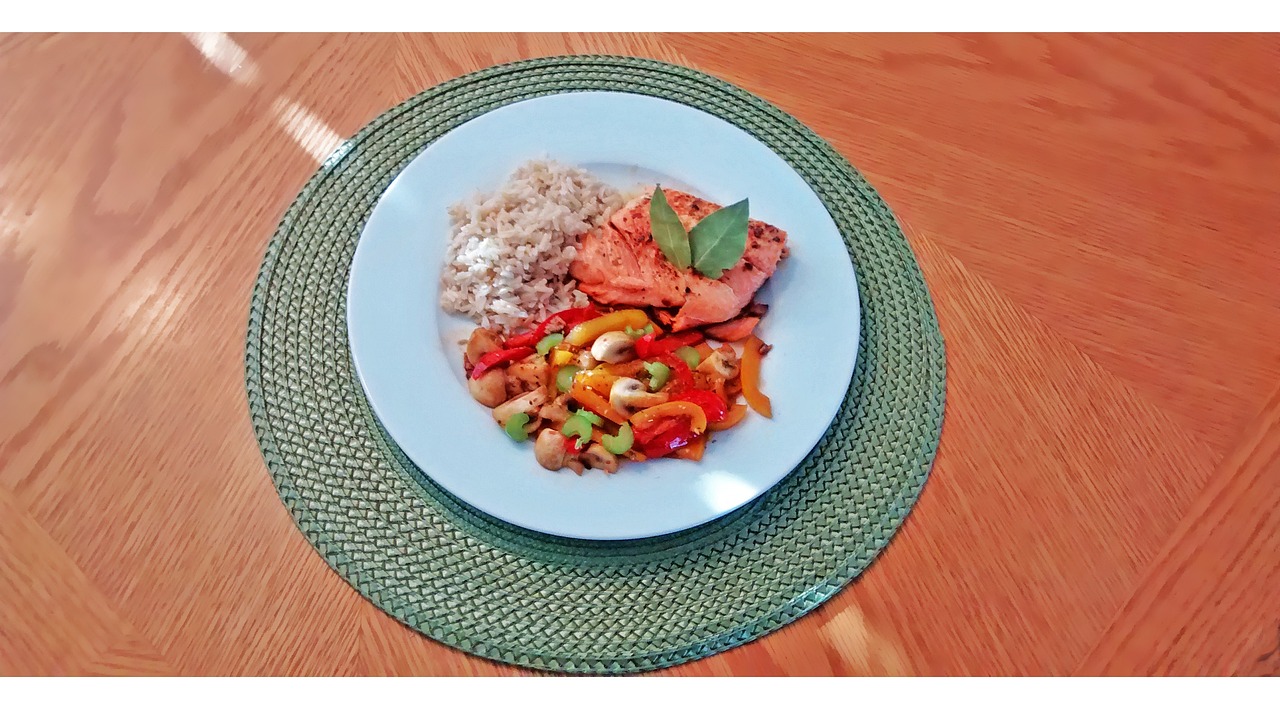

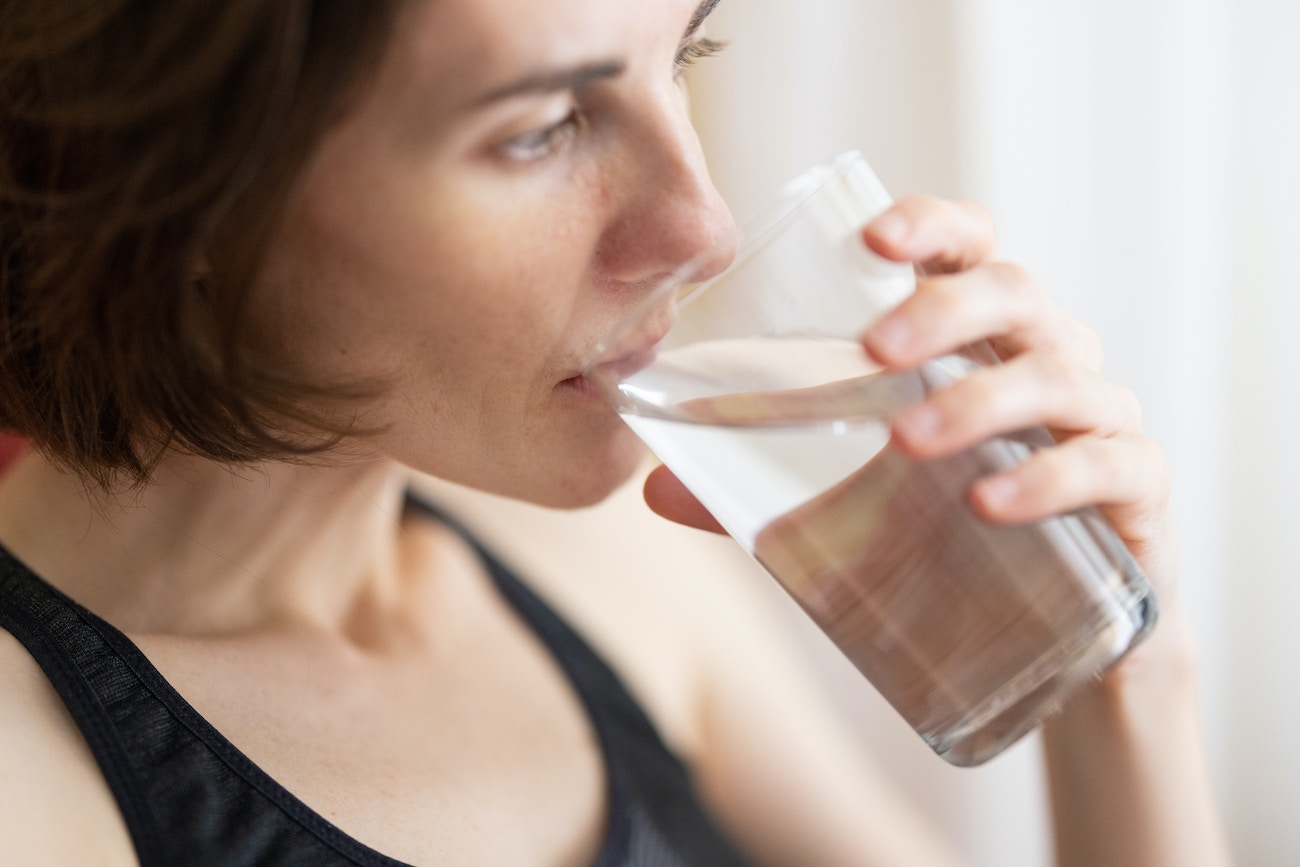



















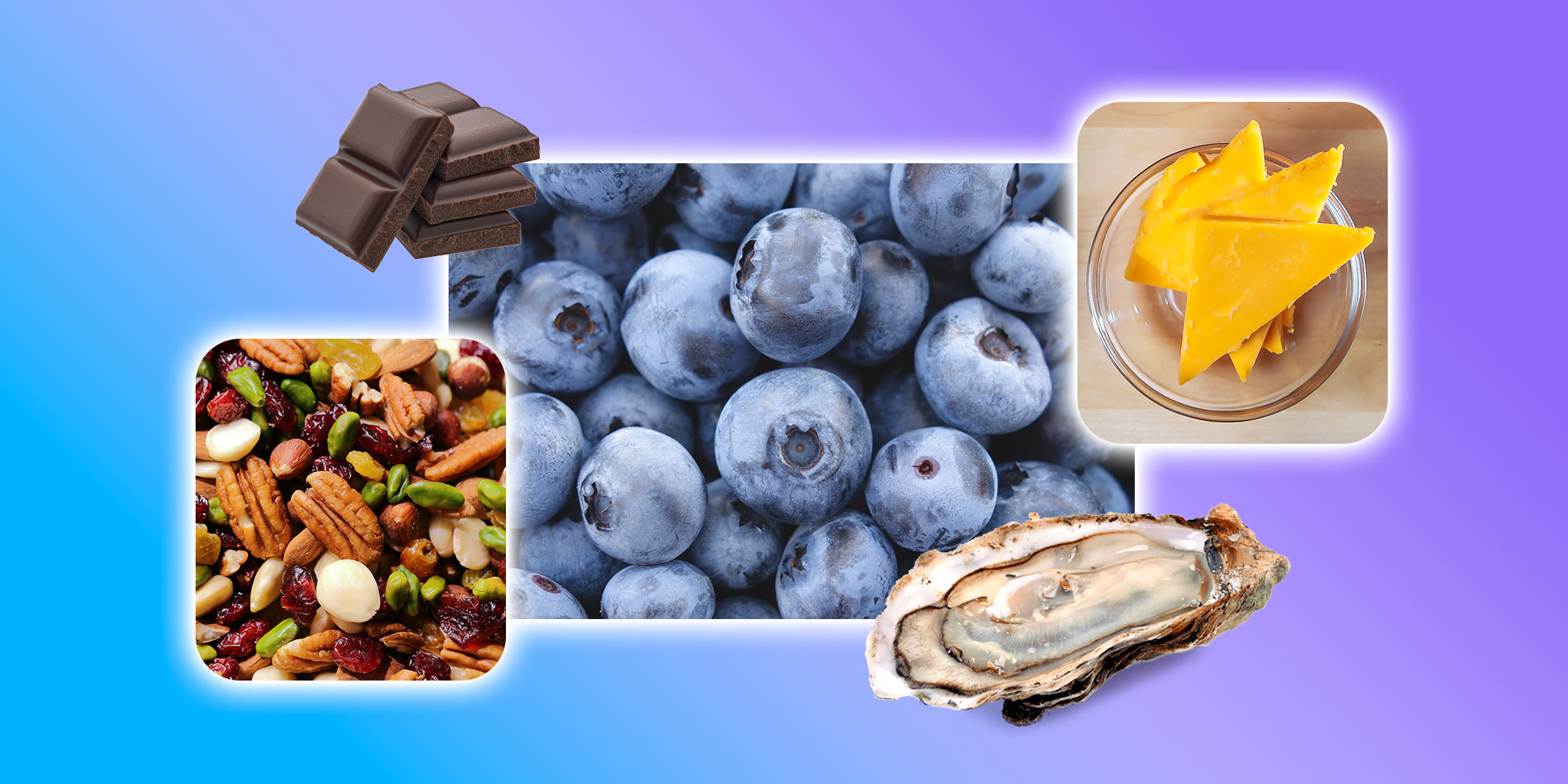




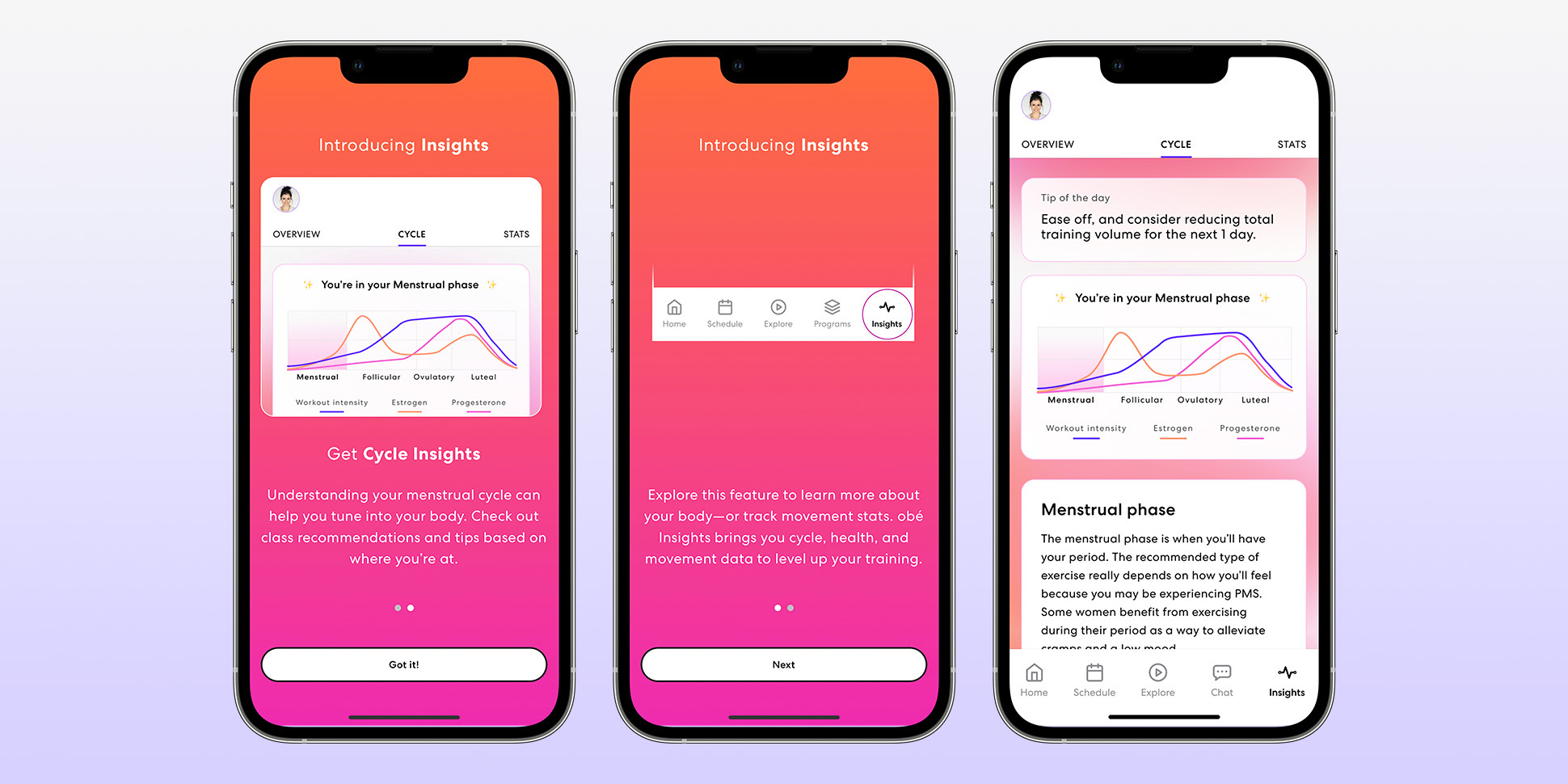

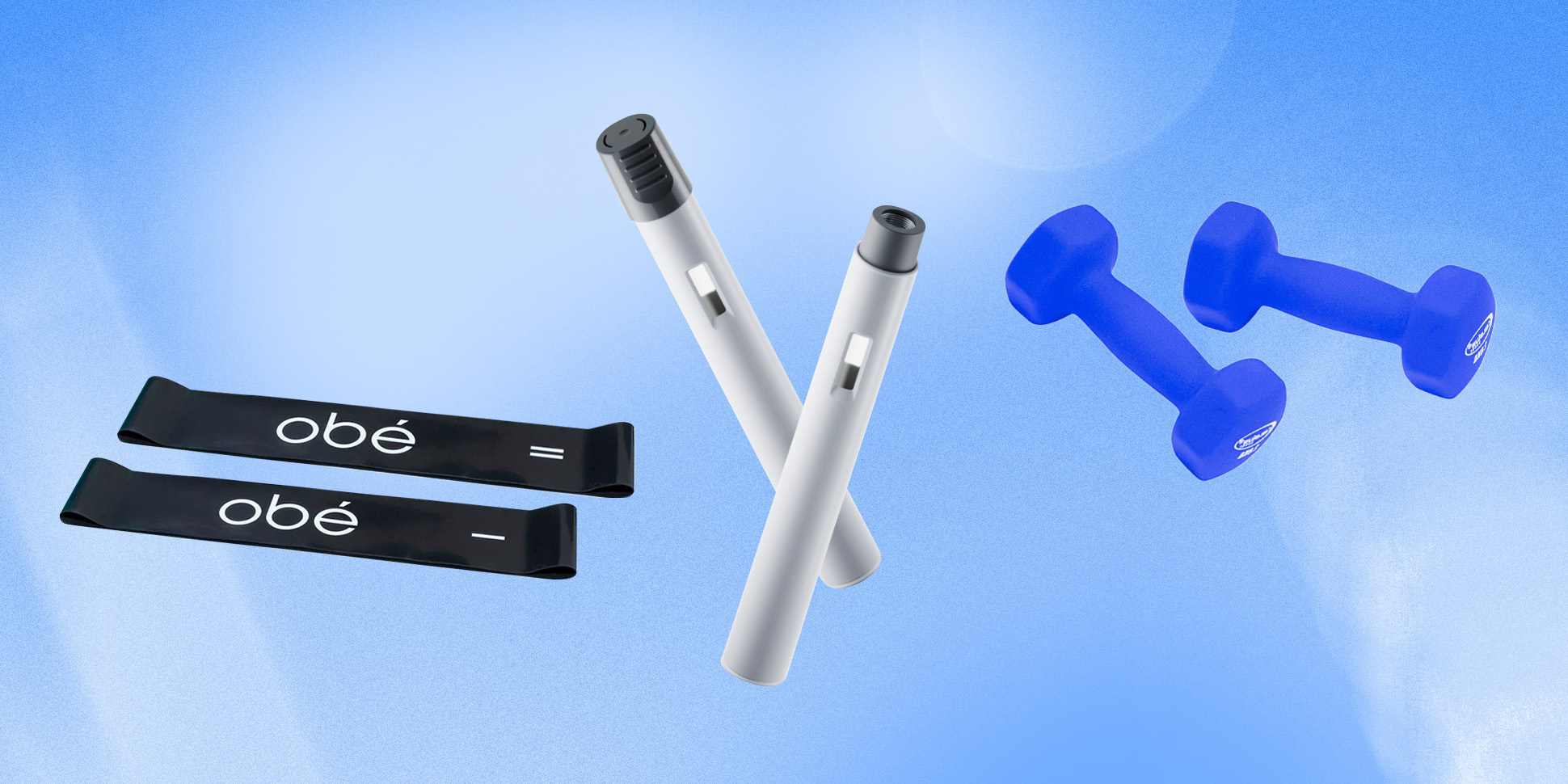















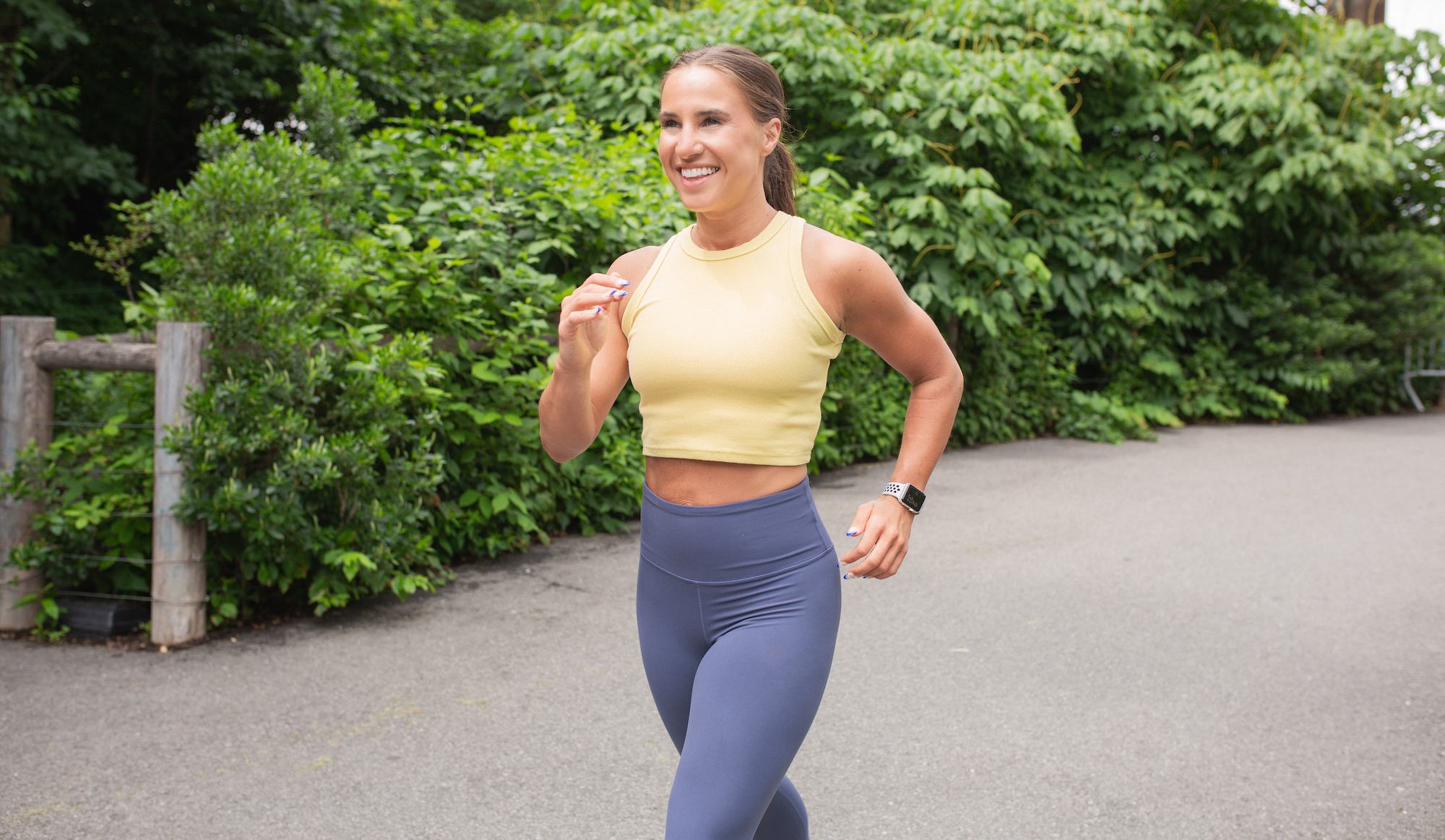














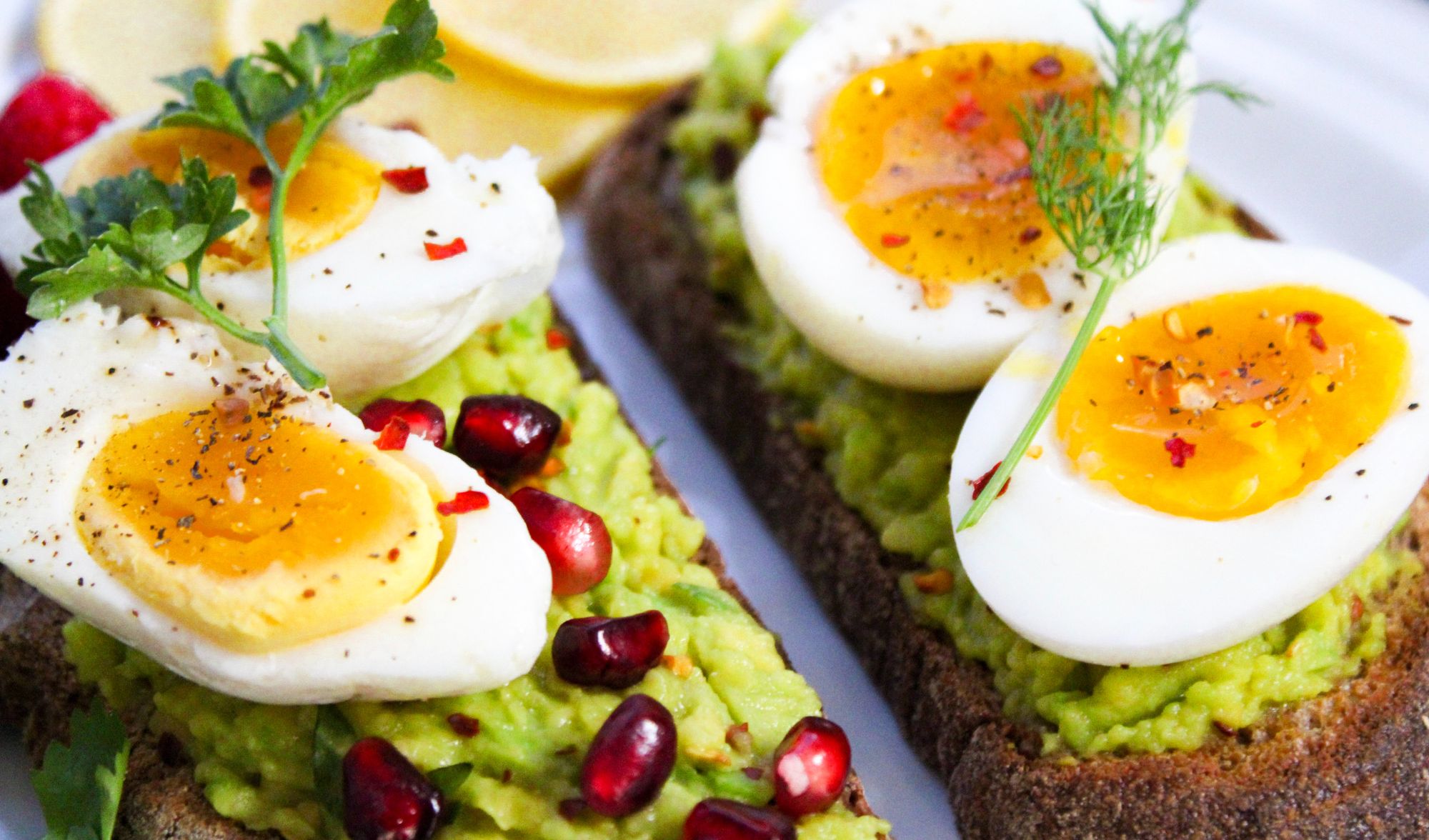
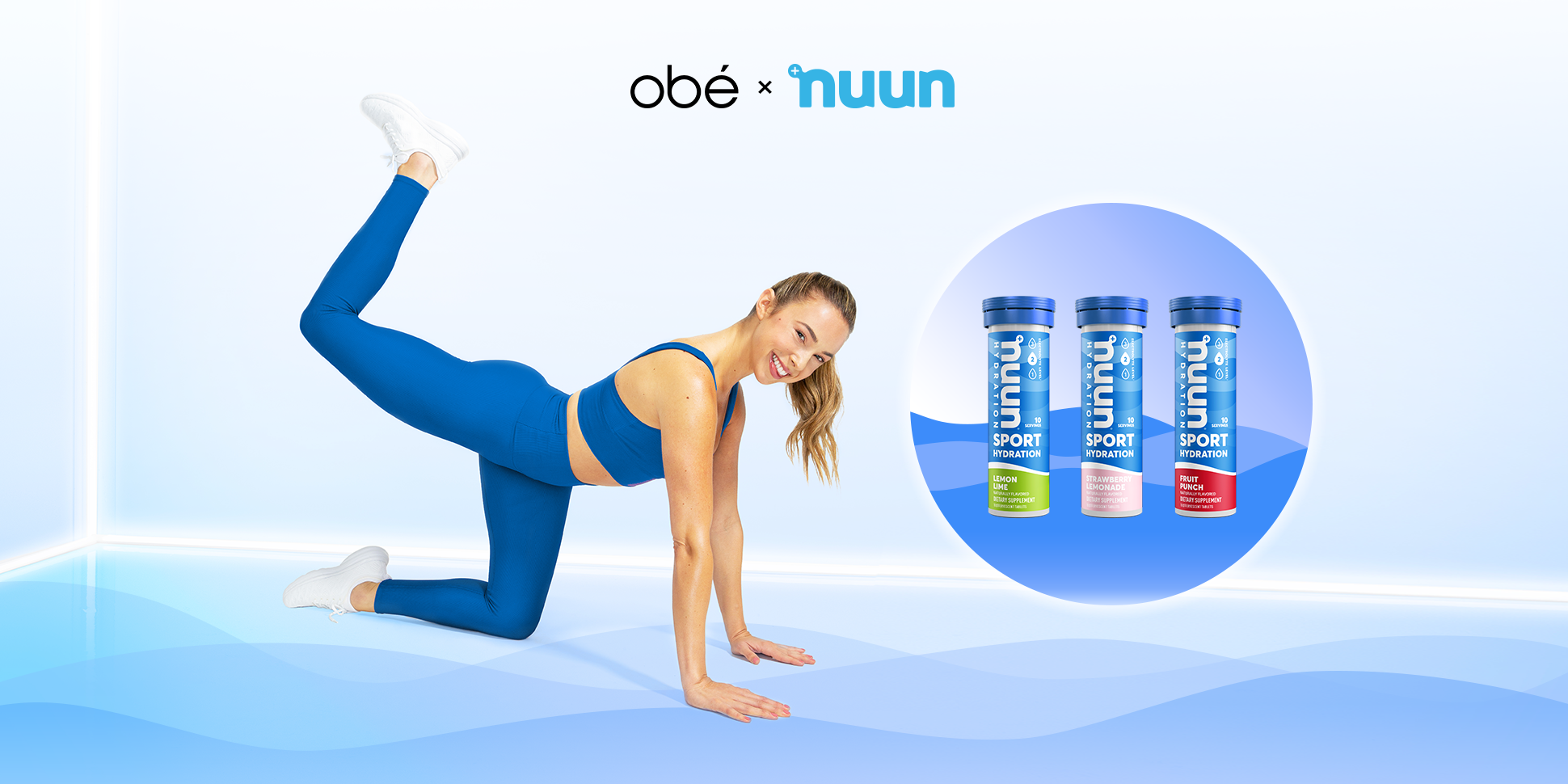















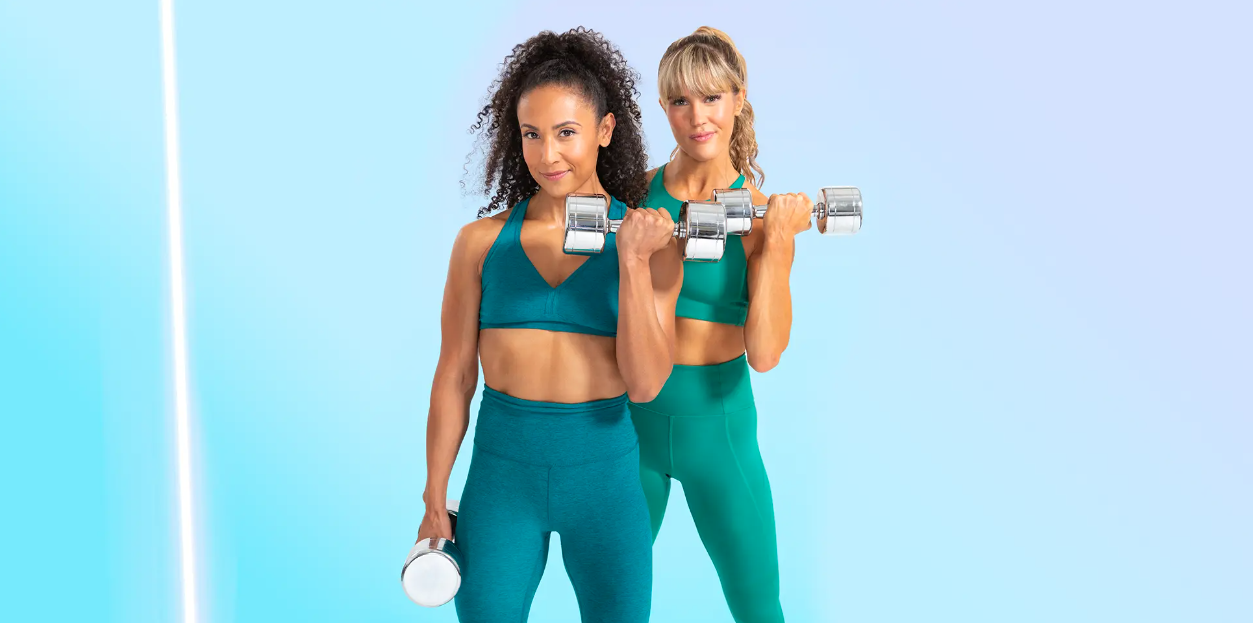




















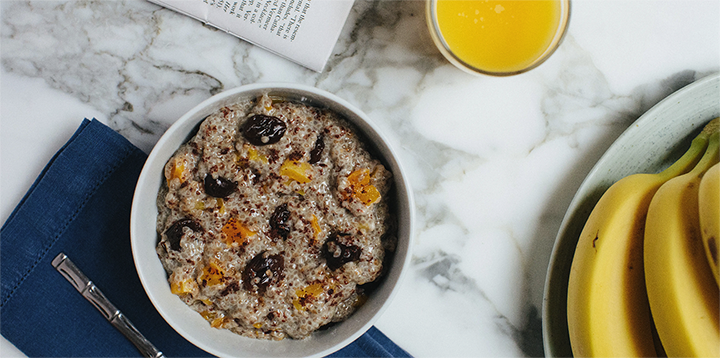











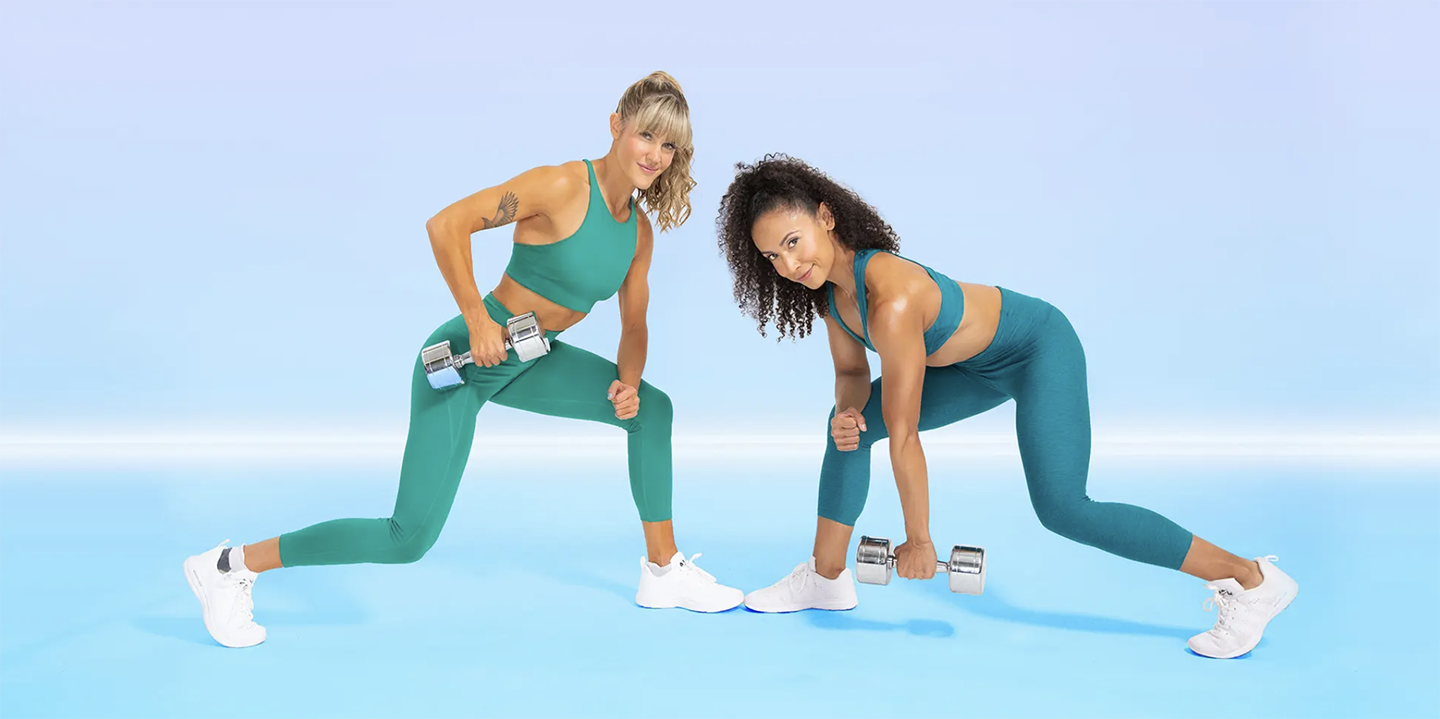


















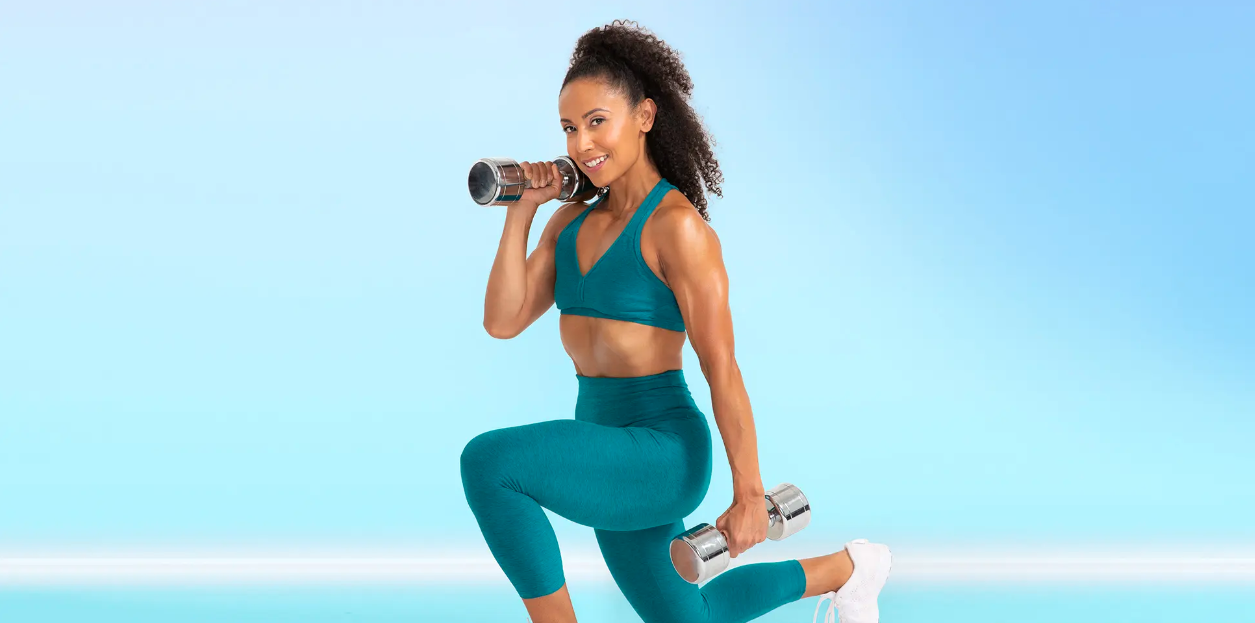











Leave a Reply